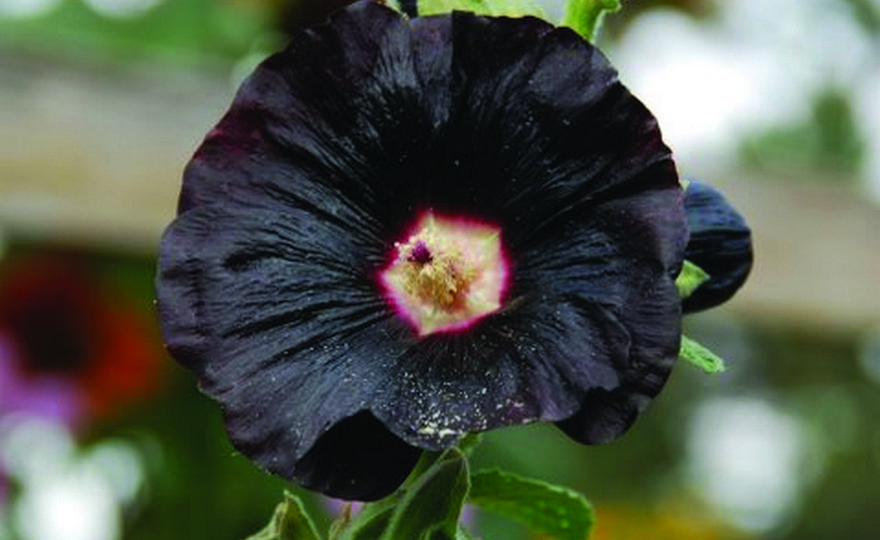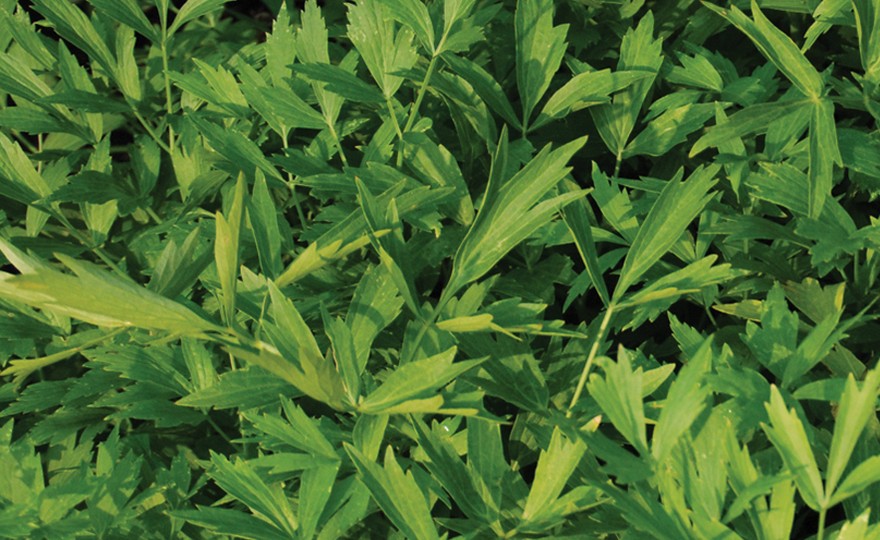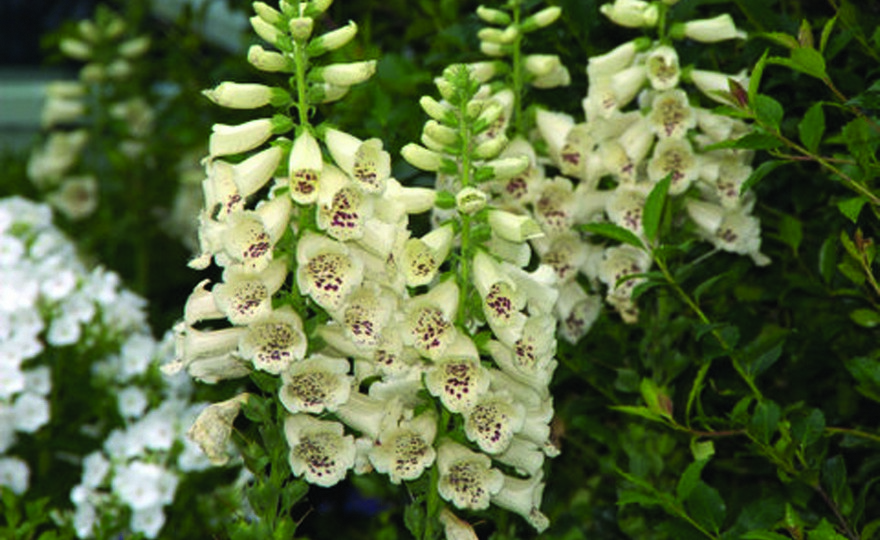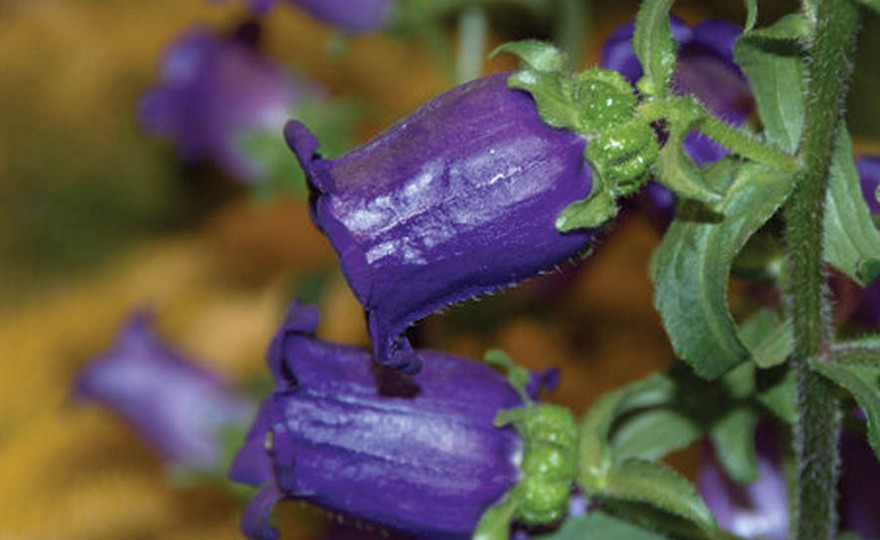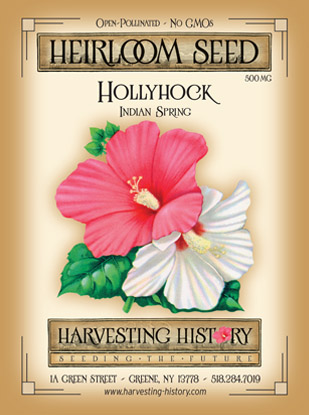
Hollyhock, Indian Spring
-
- **SOLD OUT** HOLIDAY GIFTS **SOLD OUT**
- **SOLD OUT** Holiday Books **SOLD OUT**
- **SOLD OUT** Holiday Citrus **SOLD OUT**
- **SOLD OUT** Holiday Gift Certificates **SOLD OUT**
- **SOLD OUT** Holiday Paperwhites **SOLD OUT**
- **SOLD OUT** Holiday Praying Mantis Kits **SOLD OUT**
- **SOLD OUT** Holiday Tools **SOLD OUT**
- **SOLD OUT** Holiday Wildflower Mixtures **SOLD OUT**
- Citrus Trees
- **SOLD OUT** - Vegetable and Herb Plants - Mix & Match any 6 Plants for $50 - Only Shipped in Quantities of 6
- Elephant Ear Plants & Roots
- **SOLD OUT** 4-Inch Pot Herb Plants **SOLD OUT**
- Rare Plants
- **SOLD OUT** Vining Plants **SOLD OUT**
- Asian Seeds
- Beneficial Bugs
- Books
- Citrus Fertilizers
- Cold-Treated Bulbs - SEE BULBS FOR FALL PLANTING TO ORDER
- Cold-Treated Allium
- Cold-Treated Chionodoxa
- Cold-Treated Crocus
- Cold-Treated Hyacinthoides
- Cold-Treated Hyacinthus Orientalis
- Cold-Treated Narcissus
- Cold-Treated Cyclamineus Narcissus
- Cold-Treated Double Heirloom Narcissus
- Cold-Treated Jonquilla Narcissus
- Cold-Treated Large Cupped Narcissus
- Cold-Treated Poeticus Narcissus
- Cold-Treated Small Cupped Narcissus
- Cold-Treated Species Miniature Narcissus
- Cold-Treated Split Cupped Narcissus
- Cold-Treated Tazetta Narcissus
- Cold-Treated Triandus Narcissus
- Cold-Treated Trumpet Daffodils
- Cold-Treated Ornithogalum
- Cold-Treated Rock Garden Iris
- Cold-Treated Scilla
- Cold-Treated Tulips
- Cold-Treated Emperor Tulips
- Cold-Treated Fringed Tulips
- Cold-Treated Green or Viridiflora Tulips
- Cold-Treated Lily Flowering Tulips
- Cold-Treated Parrot Tulips
- Cold-Treated Peony Flowering Tulips
- Cold-Treated Single Early Tulips
- Cold-Treated Single Late Tulips
- Cold-Treated Species Tulips
- Cold-Treated Triumph Tulips
- Flower Bulbs, Corms and Tubers
- Bulbs for Spring Planting
- Bulbs for Fall Planting - ALL BULBS AVAILABLE ARE COLD TREATED FOR PLANTING AS SOON AS SOIL CAN BE WORKED
- Fall Blooming Bulbs
- Garden Tools & Equipment
- Gift Certificates
- HHH Exclusive Wildflower Mixtures
- Wildflower Mixtures
- Heirloom Garlic
- Potatoes
- Roots & Sets
- Seeds
- Flowers
- Herbs
- Vegetables
- **SOLD OUT** HOLIDAY GIFTS **SOLD OUT**
-
- No products to compare
-
75 in stock
Quick Overview
Hollyhock, Indian Spring
Hollyhocks are sometimes difficult to grow from seed. They can be started indoors in February if bottom heat is applied. They should be planted ½ inch deep and will take 14-21 days to germinate. Nigra can take longer. Because of the long germination time, the seeds often rot. They should be planted outdoors when the danger of frost is passed and spaced 8-10 inches apart. They usually do not bloom the first year. They will begin blooming in the second year during June and continue throughout the summer.
| Type | Spacing | Planting Depth | Days to Germination | Blossoms |
| Biennial | 8-10 in. | 1/2 in. | 14-21 | 60-180 |

Hollyhock, Indian Spring
Hollyhocks whose current Latin name is Alcea rosea were known in Gerard’s time (John Gerard, 1545-1612, author of the definitive horticultural text of the period, The Grete Herball, 1597,) as Malva Hortensis and in Breck’s time as Althea rosea. The plant is a biennial native to Turkey and other parts of Asia, but the Hollyhock that was introduced into Britain in 1573, and the plant with which we are familiar, probably came from China by way of Palestine. The name Hollyhock is believed to have derived from the Anglo-Saxon term, ‘holy-hoc’ or holy mallow – mallow being a common name given to all members of the althea family. The word, althea, comes from the Greek, altheo, meaning, to cure – a reference to the medicinal virtues of the plant. The plant was used for tuberculosis, bladder inflammations, soothing swollen horses’ heels, etc. Hollyhock Nigra was first described in 1629. Its huge black-red flowers have been prized for centuries. The doubles, thought to be a relatively recent addition, were developed centuries ago, but significantly improved in the late 1800’s. Joseph Breck in his 1851 book, The Flower Garden, said of the hollyhock, “A great improvement has been made in this old-fashioned, ordinary flower, within a few years, that has brought it before the public under a new phase; and it now bids fair to become as popular as many other flowers have been when taken in hand by the florist.” Breck went on to provide a lengthy quote from an English horticultural paper. This quote combined with Breck’s remarks made the discourse on hollyhocks the longest in Breck’s book. Hollyhocks were grown and valued in Elizabethan days and for the first half of the 19th century. A horticulturalist named Chater of Essex, England worked for decades on improvements to the plant and developed Chater’s Double in the 1880’s, one of the most popular hollyhocks of all time. In 1873, a rust disease which had spread from South America to Australia and then to Europe began to attack hollyhocks. The effects of the disease were so devastating that the cultivation of hollyhocks was all but abandoned by the end of the 19th century. By the 1930’s, Hollyhocks were beginning to make a comeback. In 1939, Hollyhock Indian Spring was introduced and it remains the most popular single and semi-double mix of white and pink blooming hollyhocks available.


